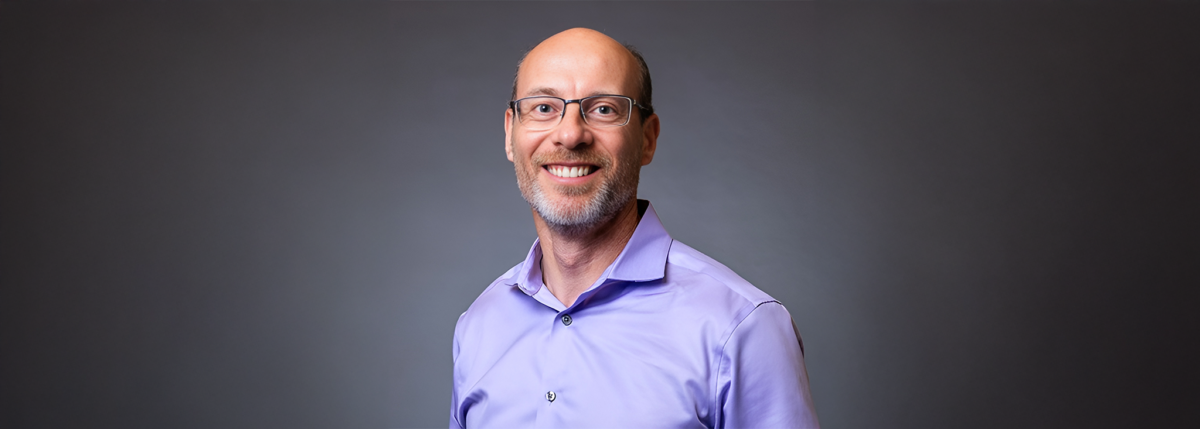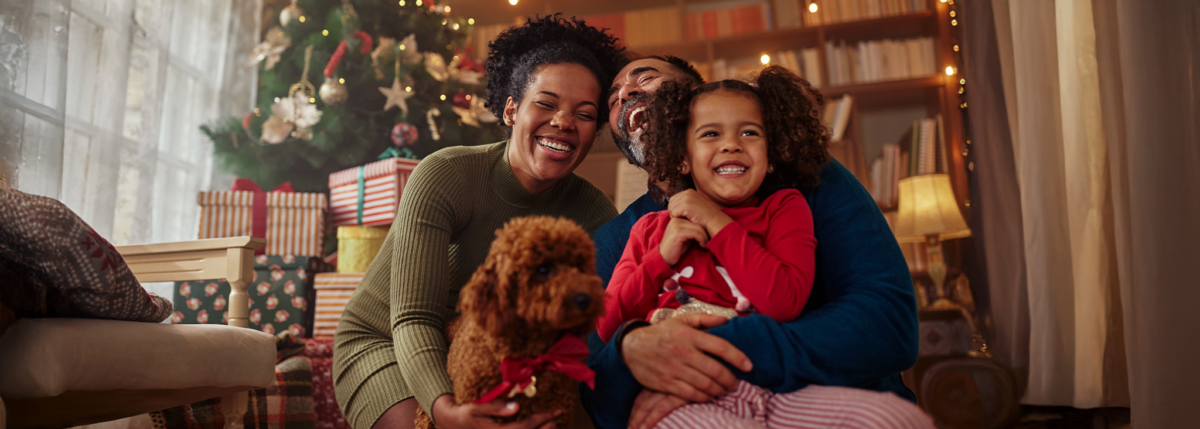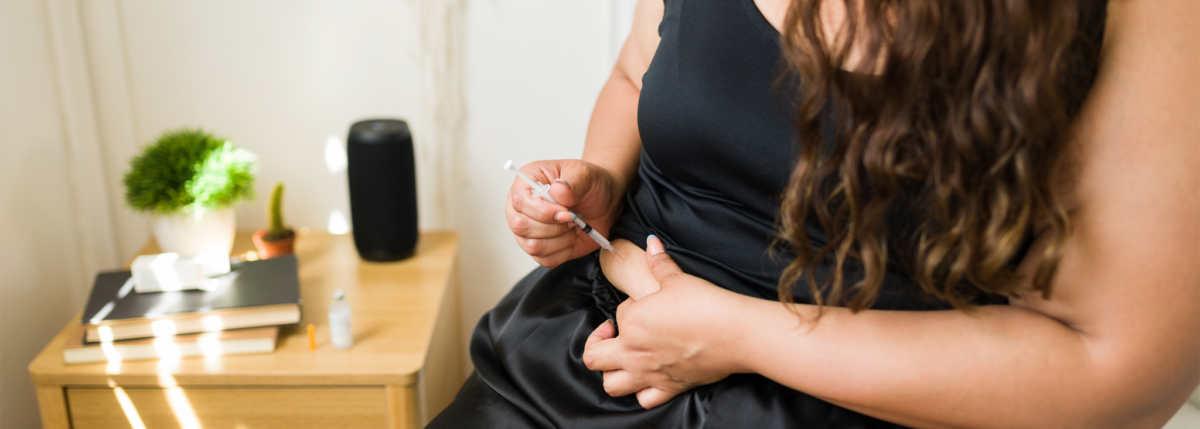The Difference Between a Great Endocrinologist and the Other Kind…
Written by: Ginger Vieira
5 minute read
February 9, 2022
We called her Ann, but her full name is Ann S. Christiano, MS, APRN. While she’s actually a nurse practitioner with a specialty in endocrinology—not a doctor—other healthcare professionals could only hope to be as incredible as Ann. (Sadly, she’s retiring soon! After many decades of helping children and teens learn how to manage type 1 diabetes!)
When I first met her the day after I was diagnosed with type 1 diabetes in 1999, I was absolutely terrified. I was 13-years-old and, suddenly, these white-coated monsters were telling me I would have to stab my fingers and body with sharp objects countless times a day for the rest of my life.
Obviously, being 13, my response was, “Yeah, right!”
That’s when Ann walked in.
She taught me the basics of diabetes for about an hour, and then, to my horror, she handed me a syringe and bottle of insulin.
“Take a look at the lunch they’ve brought you,” she said, pointing to the apple, peanut butter sandwich, carton of milk and sugar-free pudding on the tray sitting in front of me from the hospital cafeteria.
Slowly, using the carb-counting book she’d given me, I tried to figure out how much insulin I should take for my fifteen-to-one carbohydrate to insulin ratio.
Okay, so, there’s 15 grams of carbohydrates in this apple, 30 grams in the sandwich, 15 grams in the milk, and 20 grams in the pudding. Okay…I hate math. I think that means I have to take about 5.5 units of this insulin stuff. Okay…so…who is going to fill that syringe for me?
“Here,” Ann said, handing me the syringe and insulin.
She wants me to do it? Who does this woman think she is?
I told her I couldn’t.
“Yes, you can,” she said, putting the syringe and insulin in my hands. She told me how to fill the syringe with the same amount of air as the amount of insulin I needed. I pushed the air into the bottle and drew up five and a half units of this liquid that was suddenly becoming one of my new best friends.
“Now,” she said, “you’re going to pinch the flesh on the back of your arm and slowly push the plunger on the syringe until it’s empty.”
I looked at her, just to check one more time to see if she was joking, but it was clear by the look on her face that she was not.
“You can do it,” she said quietly. And I did.
I was never afraid of Ann again after that. She wasn’t tough and stern to intimidate me; she was tough and stern to show me that this whole diabetes thing was something I could do. Over the next eight years, Ann’s no-nonsense approach whipped me into shape when I was being lazy about checking my blood sugars as often as I should—(this was the early 2000s, no continuous glucose monitors (CGMs))—or treating hypoglycemic cravings with more food than necessary.
But any adult endocrinologist could tell me these things, right? So why is she so special?
When Ann had an appointment with me, she wasn’t just meeting with another “customer.” She was meeting with Ginger. And when she had an appointment with Mike or Fred or Sarah, she knew each one of these patients were completely different people with different personalities, skills, struggles, burdens and challenges.
Ann knew her patients. She treated us like we were real people in her real life, not just her patients.
She knew our hobbies and the sports we liked. She knew our parents and how many brothers and sisters we have. She knew all of these details have an effect on how we take care of our diabetes. Ann knew our attitudes, our personalities. She knew sometimes Fred forgets to take his insulin after he eats when he’s at his friend’s house. She knew Mike was still having trouble accepting that diabetes is a permanent part of his life and relies on his mother to tell him when to check his blood sugar. Ann knew Sarah’s younger sister tended to get jealous when their mother spent more time driving Sarah to her doctor’s appointments than going to her soccer games.
Ann knew I was trying really hard to count my carbohydrates during busy college life and check my blood sugar often, but she also knew I’m good at making excuses for it. But my A1c had risen a full point during my second year of college—taking me by surprise.
She didn’t let me get away with any nonsense, she just said, “Are you happy with your A1c? If not, what do you want to do about it?”
Ann knew her patients are different people in different homes with different families and friends and habits. She didn’t assume every teenager is lazy and careless, treating us like we’re all the same. She took her time and allowed herself to get to know her patients.
I’ve met endocrinologists who walk in the room with three medical students in tow, shake your hand sternly, then order all the students to feel your throat for signs of an enlarged thyroid.
And while these strangers are practically strangling me, I’m trying to remember what the hell this doctor’s name is and what planet he came from, because if he isn’t from Ann’s planet, I’d prefer he re-launched and went back home.
“Feel the difference between her thyroid and the patient in the last room with “Graves’ disease is an immune system disorder that results in the overproduction of thyroid hormones (hyperthyroidism).” (Mayo Clinic)Graves disease?” he said to them, still never acknowledging my name or existence as a human being—not a lab rat.
To be honest, it sucked having to leave that pediatric endocrinology office—having to leave Ann. Trying to find a healthcare team that will actually treat me like I’m an individual, with my own knowledge, goals and challenges…it’s hard to find.
You’d think writing about diabetes management for the last 15 years of my career would make that easier, but many healthcare professionals are either threatened by an empowered patient or refuse to give patients any credit for self-education. How could we possibly know more than them?
Ann didn’t have an ego when it came to her medical knowledge versus her patients’ knowledge. She just wanted to help us thrive. That’s what made her special.

Author
Ginger Vieira
Ginger Vieira is the senior content manager at Beyond Type 1. She is also an author and writer living with type 1 diabetes, celiac disease, fibromyalgia and hypothyroidism. She’s authored a variety of books, including “When I Go Low” (for kids), “Pregnancy with Type 1 Diabetes,” and “Dealing with Diabetes Burnout.” Before joining Beyond Type 1, Ginger spent the last 15 years writing for Diabetes Mine, Healthline, T1D Exchange, Diabetes Strong and more! In her free time, she is jumping rope, scootering with her daughters, or walking with her handsome fella and their dog.
Related Resources

The holiday season is filled with celebrations, family gatherings, and plenty of holiday foods. No...
Read more

Managing diabetes is a complex and often overwhelming journey—even nine years after my daughter's diagnosis....
Read more

The holiday season is all about celebration, family, and joy—with a little chaos sprinkled in...
Read more

